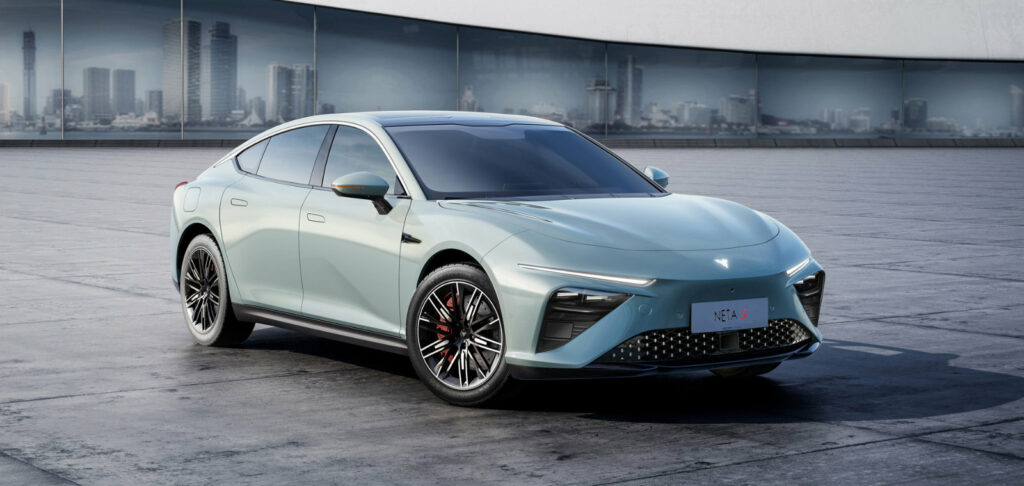Written in the feedback form to one ad network as we attempt to find someone to complement our work with H12 Media. Sums up a lot about the murky world of online advertising. It’s to a ‘Google Publishing Partner’, and we know Big Tech lies, but I’m keeping an open mind with this provider. Italics […]
Tag: publishing
A full day on Autocade with Cloudflare switched on
It appears that Cloudflare hasn’t affected Mediawiki’s stats (at least not hugely, from what I can tell). Overnight we had about 19,000 views, according to Mediawiki. Cloudflare, meanwhile, reports 5,420 visitors in that same time—three to four pages per visitor sounds acceptable. I realize Cloudflare might count search engine bots, too. I’ll have things […]
Read More… from A full day on Autocade with Cloudflare switched on
Putting Autocade’s Mediawiki behind Cloudflare
This is not a bad problem to have, but it could get expensive: Therefore, today I made the decision to switch Autocade to Cloudflare. I had been warned by people who know far more about this than me that it will affect the statistics, so I’ll have to get over not being able […]
Read More… from Putting Autocade’s Mediawiki behind Cloudflare
Autocade reaches 35 million page views, the latest million in 41 days

Autocade hit the 35 million mark two days ago, in well under two months, buoyed by days of over 60,000 page views per day. I saw other jumps in the 20,000-a-day mark, even 50,000 on some other days. The last two days alone saw 43,000 page views, bringing today’s total to 7,402,333 since the server […]
Read More… from Autocade reaches 35 million page views, the latest million in 41 days
You never know where your interests will take you
A seven-year-old needs to figure this out: what would the Ford Escort Popular Plus be priced at if were assembled in Aotearoa? Amanda and I were chatting about prodigies. Some young people are amazing, doing uni classes at intermediate or high-school age, or playing piano like Mozart, and while not all of us have […]
Read More… from You never know where your interests will take you
Why web pages are becoming homogenized
Dan York in Vermont referred to Mia Sato’s article in The Verge today, on how Google has driven the bland, same-again websites out there. It does lay the blame at netizens more, and fairly so here, given that the desperation behind SEO has led many to employ certain tricks in order to make a buck […]
The curious case of Google’s SEO searchers
They may no longer be relevant, but most (all?) of our sites still have meta keyword tags. When we redevelop a site, we tend to take the header tags in full from the previous incarnation, so unlike the old joke about George Washington’s axe (‘This is the original. I’ve only had the handle and blade […]
Healthy jumps
Some impressive stats from all of you out there in cyberspace: thank you! Autocade’s counter is currently at 6,784,553. When I last blogged about reader stats on the 22nd, it was 6,444,257. (These numbers begin counting from when the site was reinstalled in February 2022.) As the counter only updates once a day, we […]
First customer copy off the press
They’re out there in the wild now. Stewart Sims was our first Autocade Yearbook customer and he’s just posted photos of his copy on Mastodon. Thank you, Stewart! PS.: Flâneur over at that other site had also posted his copy. Thank you! You may also like Introducing Autocade in print Business etiquette […]
Autocade reaches 34 million page views
We crossed the 34 million page view mark at Autocade a few days ago, with the counter currently on 6,444,257. Add that to the 27,647,011 that we netted before the old server was decommissioned, that’s 34,091,268. The site is sitting on 4,872 models, quite a few of which were uploaded while I put together […]